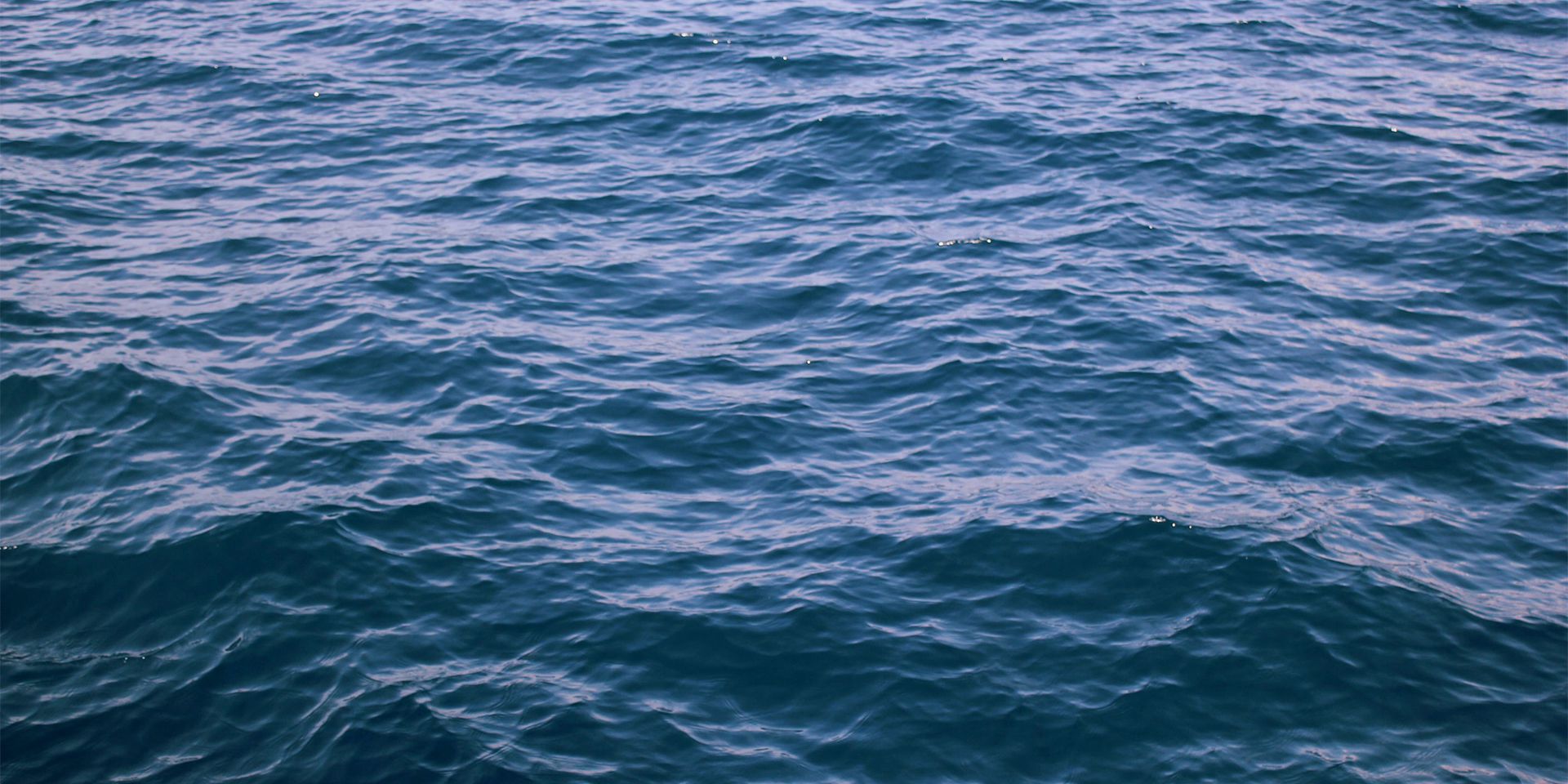Expansion of Hawaiian Monk Seal Critical Habitat
Section 4(b)(2) of the Endangered Species Act (ESA) requires the designation of “critical habitat” for species, such as Hawaiian monk seals, that are listed as endangered. Critical habitat designations must identify physical or biological features essential to seals, as well as special management considerations. In 1986, the National Marine Fisheries Service (NMFS) designated all beaches and near-shore waters out to the 10-fathom isobath around all Northwestern Hawaiian Islands (NWHI) except the Midway Islands as critical habitat for monk seals. Those boundaries were extended in 1988 to the 20-fathom contour. Since then, information on the species’ ecology and distribution in the Main Hawaiian Islands (MHI) indicate that other areas are also essential to the species. In light of this information, several environmental groups petitioned the NMFS in July 2008 to designate additional areas as critical habitat in both the NWHI and the Main Hawaiian Islands.
In response, NMFS published a proposed rule on June 2, 2011 to expand monk seal critical habitat boundaries to all beaches and waters in the NWHI within the 500 m isobath except for a harbor on the Midway Islands. Also included were most shoreline areas and waters in the MHI from a point 5 m above the high tide line (generally meaning the line of vegetation or debris) out to a depth of 500 m. Together, proposed areas in the NWHI and MHI would cover more than 28,500 km2 (11,000 mi2) and most areas where monk seals occur. NMFS noted that the proposed area included six types of essential physical and biological features: (1) beaches used for pupping and nursing, (2) haul-out areas for resting, and molting, (3) coastal areas with low levels of human disturbance, (4) shallow sheltered areas adjacent to pupping and nursing areas, (5) marine areas with adequate prey quality and quantity, and (6) foraging areas from the surface to 500 m deep.
On August 5, 2011, the Commission commented on the proposal noting that the designation was an appropriate, proactive step consistent with the species’ endangered status and the need to ensure its protection. We recommended that the proposed rule be adopted as written. The proposal elicited considerable controversy from many reviewers who considered the size of the proposed area excessive. On August 12th 2015, NMFS published final rules to expand the critical habitat boundaries in both the NWHI and the MHI. In the NWHI the expanded area now includes all beaches and seafloor areas out to the 200 m depth contour and all waters within 10 m of the bottom around the entire island chain (i.e. Kure Atoll, Midway Atoll, Pearl and Hermes Reef, Lisianski Island, Laysan Island, Maro Reef, Gardner Pinnacles, French Frigate Shoals, Necker Island, and Nihoa Island). In the MHI, the designation also included many of the beaches and much of the seafloor and water within 10 m of the bottom around Kalua Island, Niihau, Kauai, Oahu, Molokai, Maui, Lanai, Kahoolawe, and the Big Island. The major habitat features noted for these areas included pupping and nursing areas, resting and haul-out beaches, and marine foraging grounds. The final rule also identifies specific areas that were excluded from the designation in view of current developments, interests, and uses. Designation means that federal agencies must consider and, as possible, avoid any effects that their actions might have on the continued availability of those habitat features.
